The Great nasturtiums is a medicinal plant with a wide range of uses. It can be used preventively to strengthen resistance, for example as a tasty addition to a salad. It has also proven itself many times in healing, for example in the defense against infections. Due to its medicinal properties, which have been proven in many studies, it was named Medicinal Plant of the Year in 2013.
Occurrence and cultivation of the large nasturtium

The annual to perennial nasturtium is sensitive to frost and not winter-resistant. It has round, deep green leaves that are slightly wavy at the edges. They have a diameter of three to ten centimeters and are therefore about twice as large as the flowers. It owes its name to its flowers, which are reminiscent of the hoods of monks. The climbing plant thrives in beds as well as in pots. It can develop shoots up to three meters long and prefers a sunny to partially shaded place.
Both the characteristic yellow, red or orange flowers, the buds and the leaves are edible. They bloom between May and October. The different varieties of the plant differ mainly in the color of the flowers, their filling and the height of growth. It occurs both as a climbing plant and as compact, rather bushy forms.
Effect & application
The nasturtium is particularly effective raw and freshly picked. The medicinal plant also develops its power as a tea, tincture or as a topping. The high vitamin C content of nasturtiums strengthens the resistance. It increases appetite and has a slight laxative effect.
Particularly sensitive people should therefore only consume the leaves of the medicinal plant in moderation, as otherwise stomach and intestinal irritations can occur. The result can be nausea, diarrhea, gas or heartburn. To prevent these side effects, it is recommended to take the preparations after eating and with plenty of fluids. Patients with kidney disease should better refrain from taking it.
The mustard oil glycosides contained in nasturtiums are primarily responsible for their health-promoting effects. The mustard oil (isothiocyanate), which is effective against bacteria, viruses and fungi, is produced from them in the body. This gives the plant its slightly bitter taste. Isothiocyanates are toxic in higher doses. However, the high dosages required for this cannot be achieved with commercially available herbal products.
Due to their sharpness, mustard oils are not suitable for treating infants and children. The ingredients in nasturtiums can also reduce alcohol tolerance, so products containing nasturtiums should not be taken with alcohol. Because of its germicidal properties, nasturtiums are often used in herbal medicine to combat infections such as bladder infections, flu or sinusitis.
The plant works best when it is fresh. It develops a good constitution-strengthening effect when it is regularly added to the menu, for example as a side dish in salads. As an overlay obtained from an infusion, it unfolds its circulation-promoting effect and helps with sports injuries or bruises.
To combat infections, we recommend drinking a tea infusion made from fresh leaves of the plant three times a day. To protect the bitter substances, hot but not boiling water should be used for scalding. The tea is ready after 10 to 15 minutes and can be strained. Tinctures, gelatine capsules, pressed juice and powdered plants in tablet form are also commercially available.
Importance for health, treatment & prevention
The nasturtium is so important for health that it was voted Medicinal Plant of the Year in 2013 by scientists at the University of Würzburg. Studies have found that, due to its mustard oil content, it kills bacteria, viruses and fungi and can be as effective as antibiotics in doing so. In doing so, the risk of developing resistance, which is associated with the frequent use of antibiotics, is eliminated.
Since the mustard oils released in the body are already completely absorbed by the small intestine, no damage to the intestinal flora, as is often observed after the administration of antibiotics, was recorded. In combination with another medicinal plant, the [horseradish]] root, it can, as studies have shown, fight diseases such as sinus infections, bronchitis or even cystitis as effectively as antibiotics.
While larger amounts of active ingredient in the form of tablets or pressed juice are indispensable for an effect to combat bacterially induced urinary tract infections, flu-like infections and also sinusitis, the plant can be used preventively in smaller amounts in the home. It is also a proven blood purification agent because it helps eliminate toxins.
Regular additions to the local menu with fresh leaves, flowers and buds strengthen the immune system and help to prevent flu-like infections. Their appetite-stimulating effect can, for example, induce older people to eat more food. Even bad eaters among children can be encouraged to eat with the pretty flowers. Tea made from grated nasturtium leaves (about two teaspoons for 3 cups per day) can be used as a home medicine for cold symptoms.
For muscle pain or bruises, pads are useful. The mustard oil glycosides contained in nasturtiums have a slightly irritating effect on the tissue, which stimulate blood flow and thus promote healing processes.

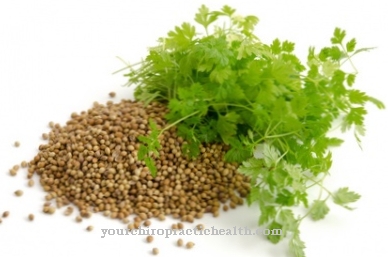
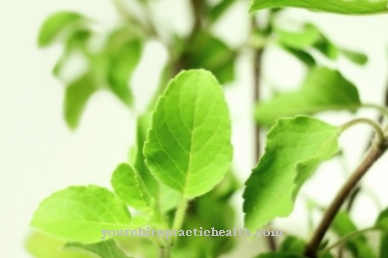
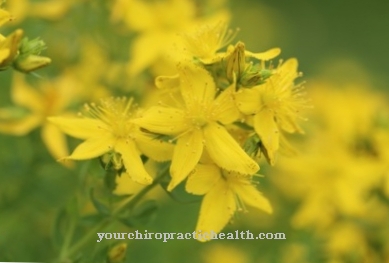
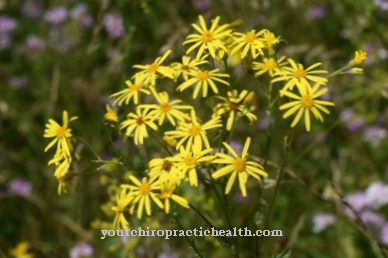
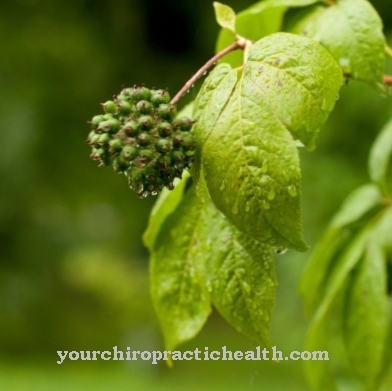
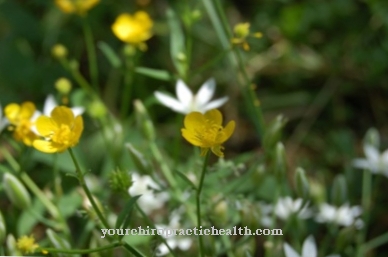

















.jpg)



